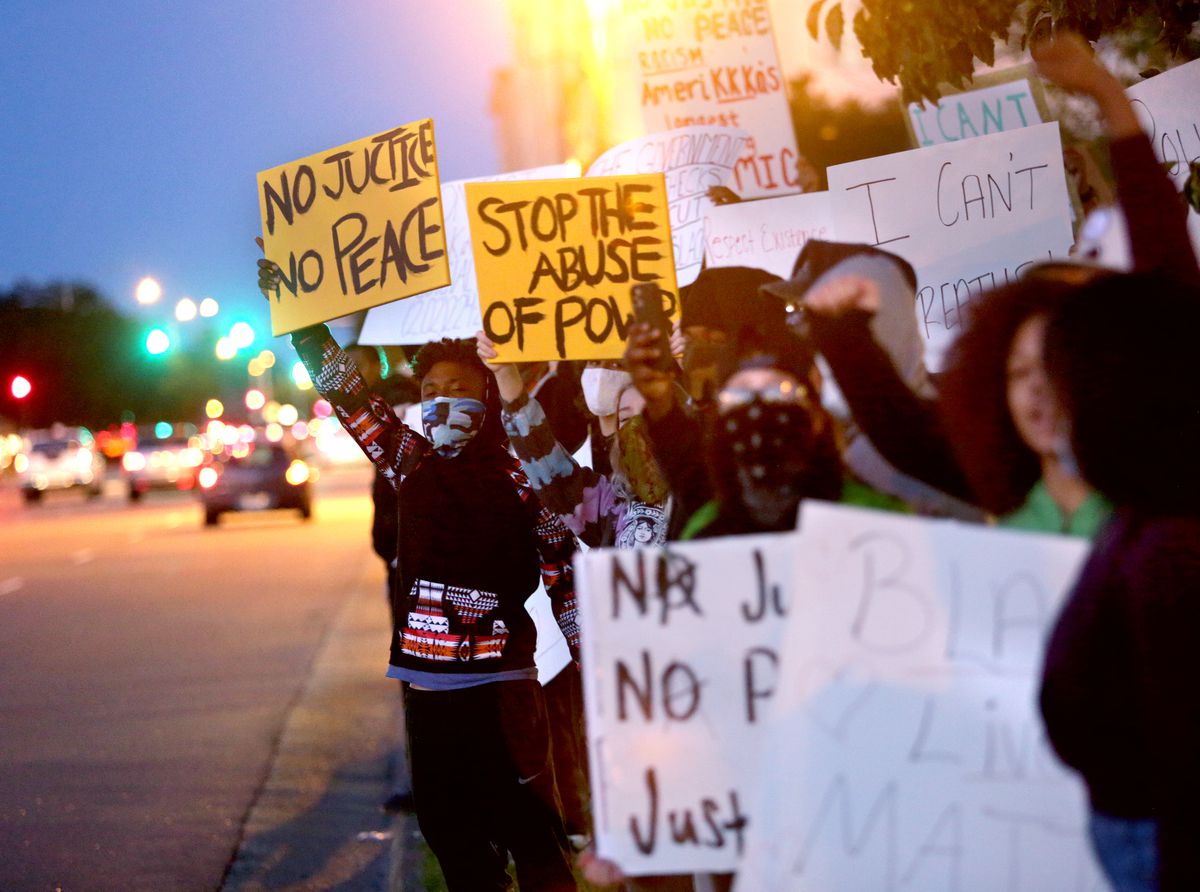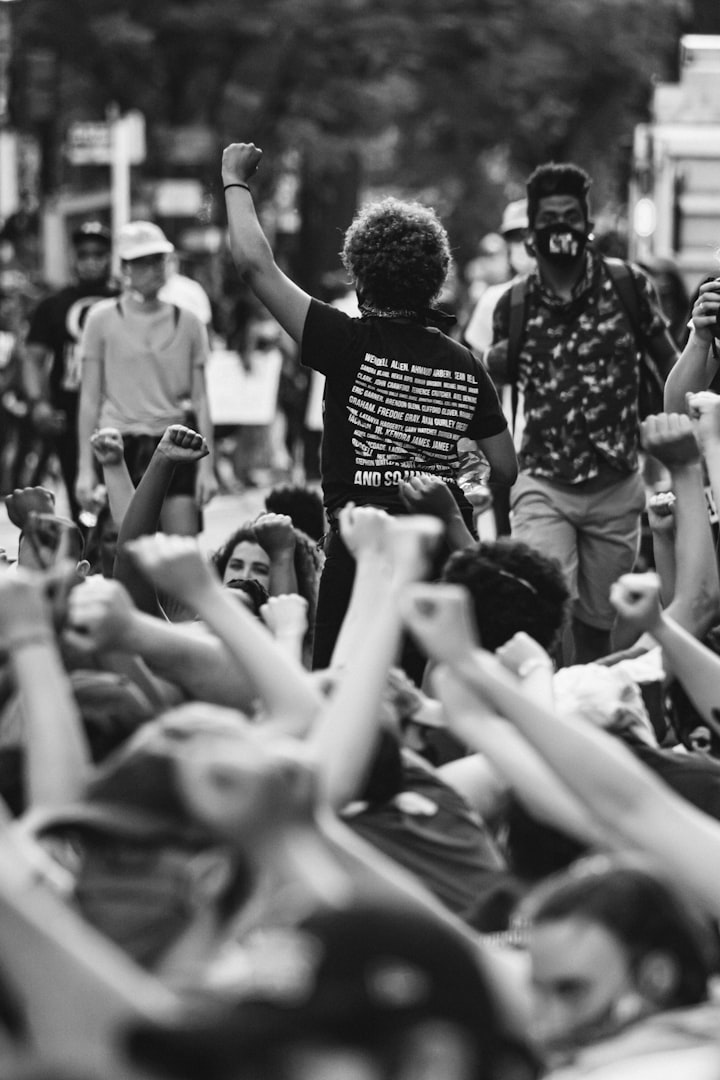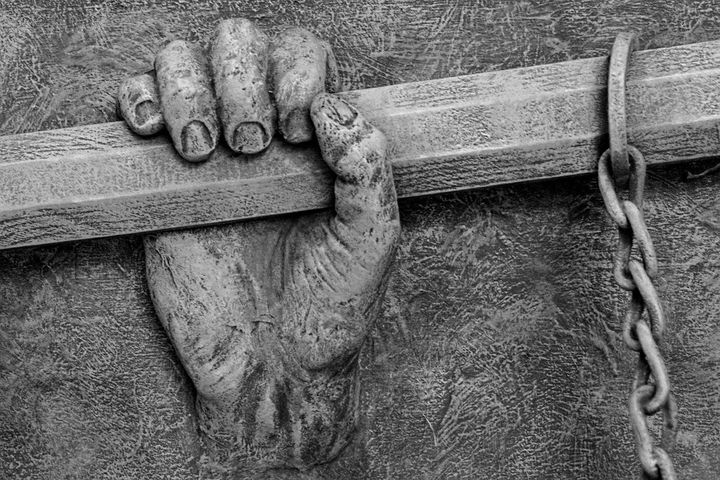A Legacy of Racism in America
Discrimination is more a way of thinking than politics: changing laws is easier than changing thoughts.

Joe Coutts craves the thought of growing up and finally be treated as a man. He is a thirteen-year-old Chippewa born on a reservation in Minnesota. Joe’s mother, a respected tribal record keeper, is raped by a racist white man which catalyzes the main events of Louise Erdrich’s 2012 novel, The Round House.
In another time and place, Elwood Curtis dreams of a better life for himself and his grandmother. He has a good heart and wishes to be seen for it. Elwood is a young Black boy residing in Florida with his grandmother. Colson Whitehead’s captivating novel The Nickel Boys takes place in the early 1960s and focuses on Elwood’s journey as he navigates a world prejudiced against his skin color. The novel follows his attempts to uproot the unfair system pitted against him.
These two boys are both victims of racial discrimination. They are forced to lose their innocence prematurely due to the extreme hatred towards them. This loss of innocence happens quite a lot in African American literature. Characters become distinctly aware of their differences: it’s a painful realization that they are different by the standards of society and that they will be punished for it by the dominant people. Whitehead and Erdrich are no exceptions, and their writings demonstrate it.
In The Round House, Joe focuses on finding his mother’s rapist, and along the way discovers just how deep the unjust treatment of Native Americans on reservations lies. Joe fights against it by trying to bring justice to Geraldine’s attacker, who was characterized as a racist and violent man who couldn’t tolerate Indians. Joe’s “loss of innocence” is gradual: his pain, frustration, and confusion are powerful catalysts that make him realize his differences compared to the white community. The awareness he gains is mostly due to the process of finding Geraldine’s rapist. Where a crime is committed can make all the difference to how justice is brought, and this realization was a turning point for Joe.
In The Nickel Boys, Elwood is forced into a reform school that illegally segregates black and white students. This look into life under Jim Crow laws shows a horrifying situation for African Americans at that time. Elwood, in all his naivety, enters this world believing that if he continues to work hard, he’ll be allowed to leave the school. His seemingly unwavering morals are tested by brutal beatings and psychological abuse at the hands of sadistic staff members. Still, Elwood persists in his belief that to work hard will let him leave the institution:
It’s not an obstacle course. You can’t go around it—you have to go through it. Walk with your head up no matter what they throw at you. (Whitehead 174)
Elwood’s character takes quite a turn, and his loss of innocence is mostly due to the abusive treatment he received at the school. The post-traumatic stress stayed with the “students” for the remainder of their lives.

These struggles against racism are as relevant now as they were 50 years ago. The Black Lives Matter movement focuses on the reform of society to ensure the freedom of black lives from systematic dehumanization. Ahmaud Arbery is an example of this current racism that plagues minorities. He was pursued and murdered by three white residents while he was jogging in a neighborhood. He was killed in February, but it wasn’t until May that the three men were arrested. Similarly to Joe Coutts’s experience with the persecution of his mothers rapist, the case took months to close.
Murders, like that of Ahmaud Arbery, occur frequently in different parts of the US and target mostly minorities, such as indigenous people or people of color. Erdrich and Whitehead, while writing about past events, speak to America’s racist history that lives on. These two books were written to remind the world that discrimination occurs, again and again, every day. Whitehead, in an interview with Time Magazine, describes his view on how discrimination is handled in the present:
A lot of energy is put into perpetuating the different means of controlling black people under slavery, under segregation and now under whatever you want to call this contemporary form.
Joe and Elwood’s struggles, along with the rise of the Black Lives Matter movement, stand up to oppression, paving the way for a world that takes action against racism, instead of normalizing it.
The United States is one of the most diverse countries in the world: hundreds of different people with different backgrounds work together every day. However, it has been proven that making diversity and inclusion coexist is difficult, and can lead to violence. A few years ago, the Fortune Magazine described the impossible criteria for diversity: there is no “proper definition.” The article goes on to describes the relationship between diversity and inclusion, “diversity being the mix, and inclusion is getting the mix to work well together.”
Even so, there has been extensive progress since the 1960s. The Civil Rights Acts paved the way for a more inclusive country. It gave African Americans the right to vote, the right to education, and outlawed segregation. However, racism is still an issue in today’s world. Discrimination is more tied to the way of thinking rather than politics: changing laws is much easier than changing people’s thoughts. Literature, like the novels of Whitehead and Erdrich, continue to raise the attention of readers all around the world.



